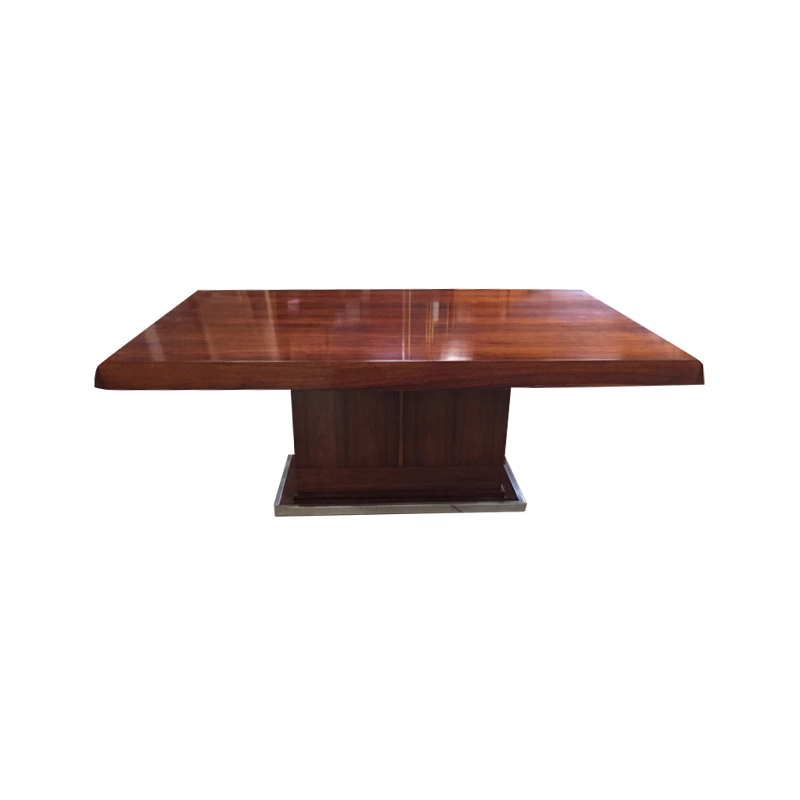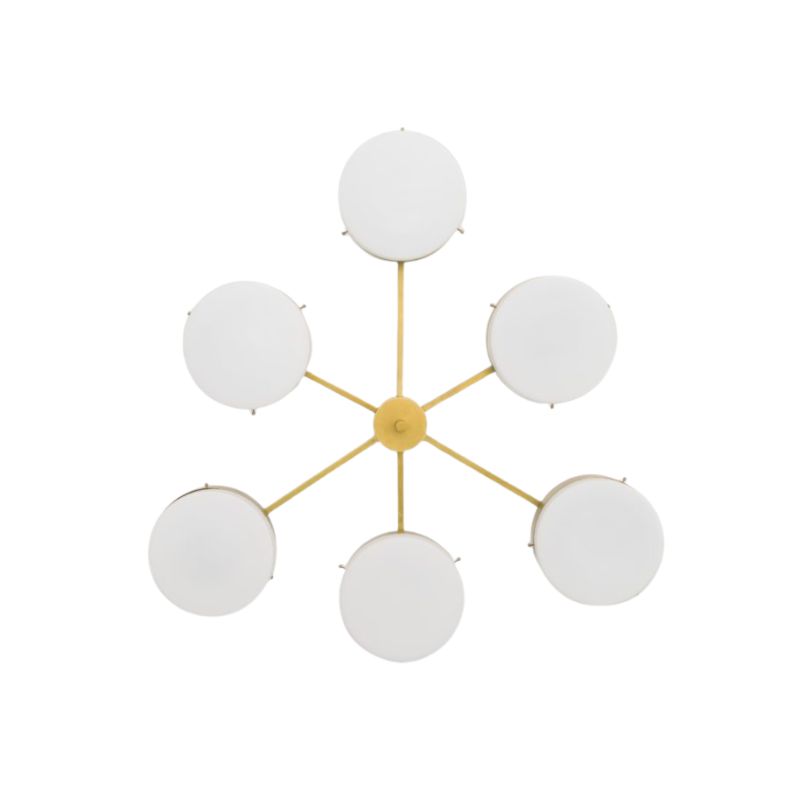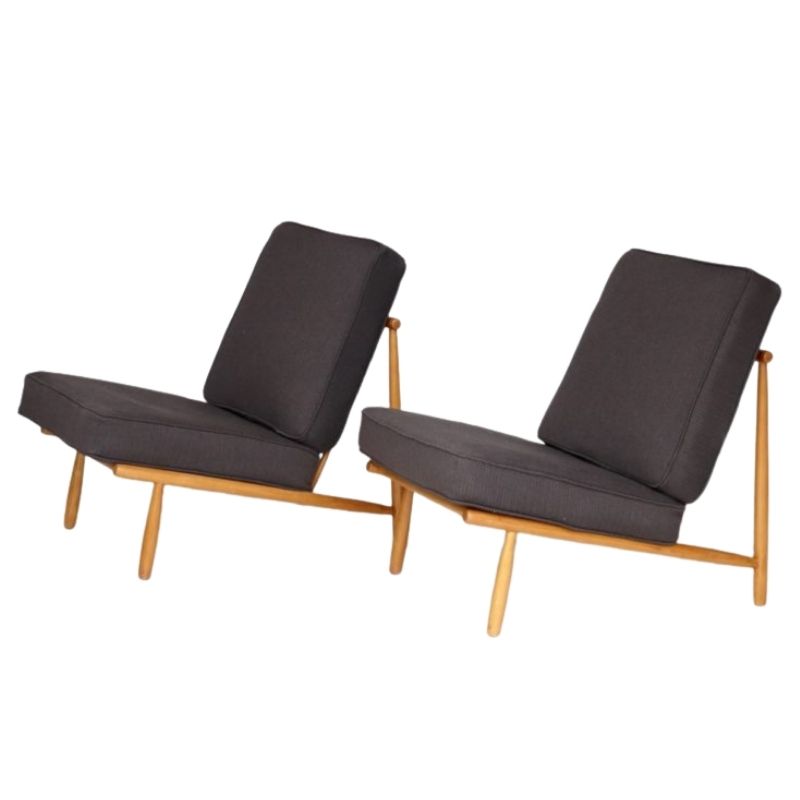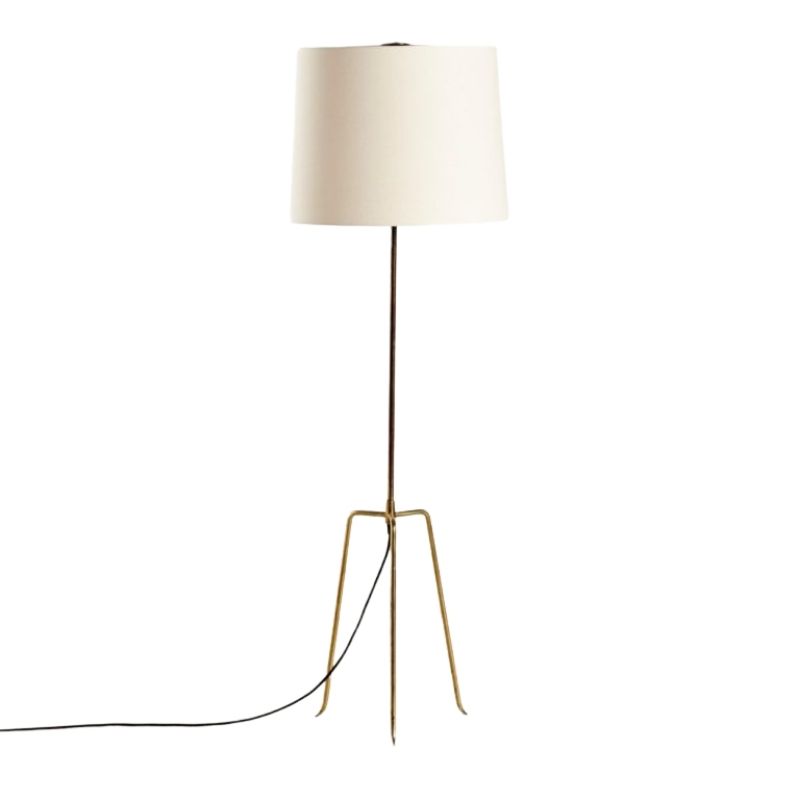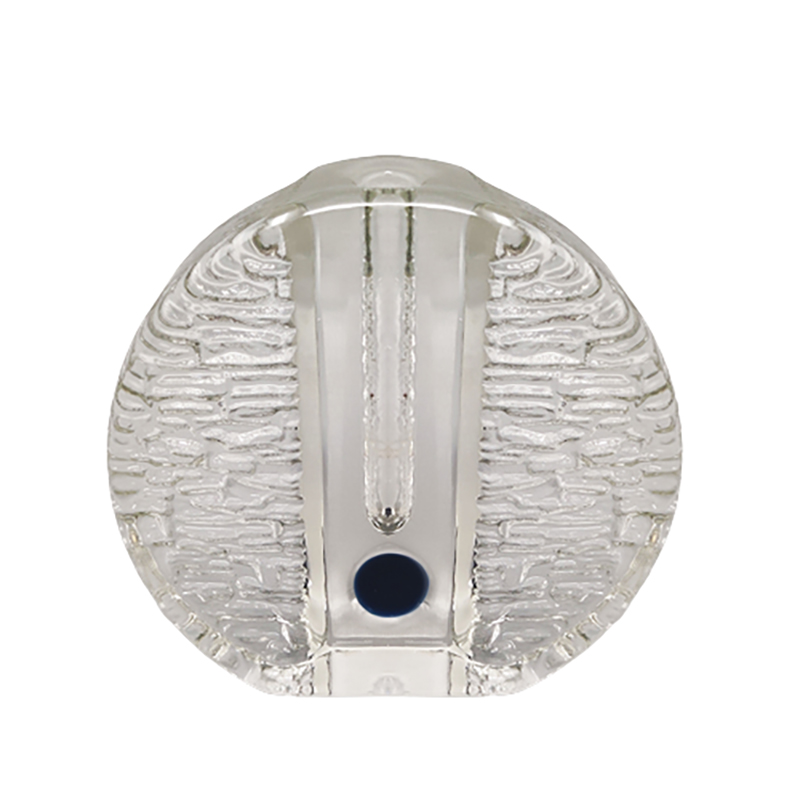Now that Stark's been beaten into the ground...
how do we feel these "Lasir" chairs stack up? Aesthetically, I mean.
http://www.laisr.com/
I was away from my computer for a while
Usually I am not jumping of joy when Philippe Starck is the subject of a discussion on design. Not that there is nothing to learn from the man that put France back on the design map, but his talent is not as much in design as in finding innovative ways of keeping the media's attention. To get the media's attention one or two times is no art but to get it all the time certainly is. In doing so he has turned the page on a design world that was not only introvert and media shy but also most comfortable in avoiding the real confrontation with a media dominated market. The Eames generation, if that means something, did not avoid visibility, but it showed great restraint. When Raymond Loewy overstepped the generally accepted line of strict professional behaviour it was widely criticized by his designer colleagues, and yet he only promoted his products and the talent behind it. Starck went the opposite way and made his media presence more important than his production or his talent and in doing so he certainly showed his colleague designers that the world had changed.
At the very height of the Eames period well designed furniture reached a modest 8% of the North American furniture market. In 2009, and in spite of all the media attention, we are still in the same percentage of public acceptance and Starck is only a small part of that. To me that indicate that it is not all that relevant to discuss to what extend he might be, or not be, the designer of his generation.
I would also like to correct some mythology. Poly-Carbonate or PC is not as new as most people seem to think when talking about the "Ghost" chair. When the ghost chair was designed, much larger P.C. pieces had already been made and to mould a chair in one piece was neither new for Kartell nor for many other chair manufacturers in the world. Starck could count on two decades of Kartell experience with similar products.
DCWilson raises the point of "where is the Ray in Starck's world"? Although a first reaction might be that it is not a pre-requisite to have a "Ray" I think that it is indeed an important question. Throughout art history, rivalry, in one way or another, from friendly to highly hostile, has always been important. In some cases (Rubens, Poussin, Van Dyck) a trio made the rivalry even more productive. I agree, Starck would have made more waves, would have reached even higher showmanship if he had been challenged on his own grounds. Unfortunately he is not
If you need any help, please contact us at – info@designaddict.com




